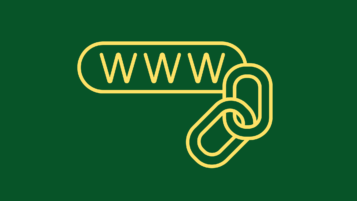Posts Tagged ‘Technical Writing’
How to Generate Localization Ready Technical Copy and Images in Pre-Production
Introduction Technical writers can help a localization project significantly by following a set of guidelines in the pre-production phase of localization – that is, when the source files are generated at the “home location.” What is Localization? Localization is the process of adapting a product to different languages and cultures. Localization can be done by…
Read MoreTechnical Writing – How to Avoid Unnecessary Granularity & Details
Where do we stop describing the details of a stepped procedure? How “granular” a procedural description needs to be? EXAMPLE 1: When we tell someone “by using an Allen wrench, tighten the screws A, B, and C” do we need to start with instructions to go get the wrench first? Go to your tool box.…
Read MoreWhat's the Difference Between Copy and Technical Writing?
© Ugur Akinci There are four different goals of writing, depending on the writer and the assignment in question. Writers try to 1) sell 2) teach 3) move emotionally, or 4) administer others. And these goals give rise to the following four types of writing: 1) Copy writing (sell) 2) Technical writing (teach) 3) Fiction/Creative…
Read MoreThe Proper Way to Use "Only" in Your Technical Documents
In a technical document, the meaning of a sentence shifts considerably and sometimes dramatically depending on where the technical writer places the qualifier “only”. Use “only” right next to the word that it qualifies. EXAMPLE 1: 1) “The engineers only wanted to test the engine on a Saturday,” is different in meaning than 2) “The…
Read MoreOpen Source Software – 10 Great Free Tools of Technical Communication
Are you sick and tired of paying hundreds of dollars for writing and design software that does not work? You may want to give the following open-source programs a try. OpenOffice, the king and queen of office suits. Available for PC, Mac and Linux platforms. (Try NeoOffice if you own a Mac.) Totally free and…
Read MoreHow to Write for an International Audience
Introduction Writing for an international audience is a task that many technical and business writers face every day. You’d better have a firm grip on the contemporary American slang if you are a screenwriter drafting the sequel to “Easy Rider.” But if you are a technical or business writer, get into the habit of writing…
Read MoreSoftware Documentation – Special Meaning of "Business" in Software Design
Did you know that for software developers the word “business” (as in “business requirements,” “business layer,” or “business specs”) has a meaning totally different than its regular everyday connotation? For a software engineer, a “business layer” has nothing to do with selling goods and services and making money or running a real business; but everything…
Read MoreHow to Write Like an "Insider"
It’s a common writing mistake – a head-on and high-handed criticism which leaves the “insiders” with the impression that “this writer has no idea what’s going on in here…” Imagine you’re the head of security at the Fortune-100 ABC corporation. You have worked for the last 15 years for this same company, developing many of…
Read MoreTechnical Writing – 3 Golden Rules of Indexing
Introduction Indexing is the process of compiling and sorting all the pages of a book, magazine or periodical. The indexer is responsible for creating an alphabetical list of all the topics covered in the text. The reader can then use it to find specific information in the text more easily by looking up words that…
Read MoreHow to Create a Cross-Reference in FrameMaker
Introduction A cross-reference is often used in technical and scientific publications to indicate related information. The purpose of cross-referencing is to help the reader find related information in the document. The following are some examples of how cross-references can be used in a document: A) To provide information about an author or article that is…
Read More




